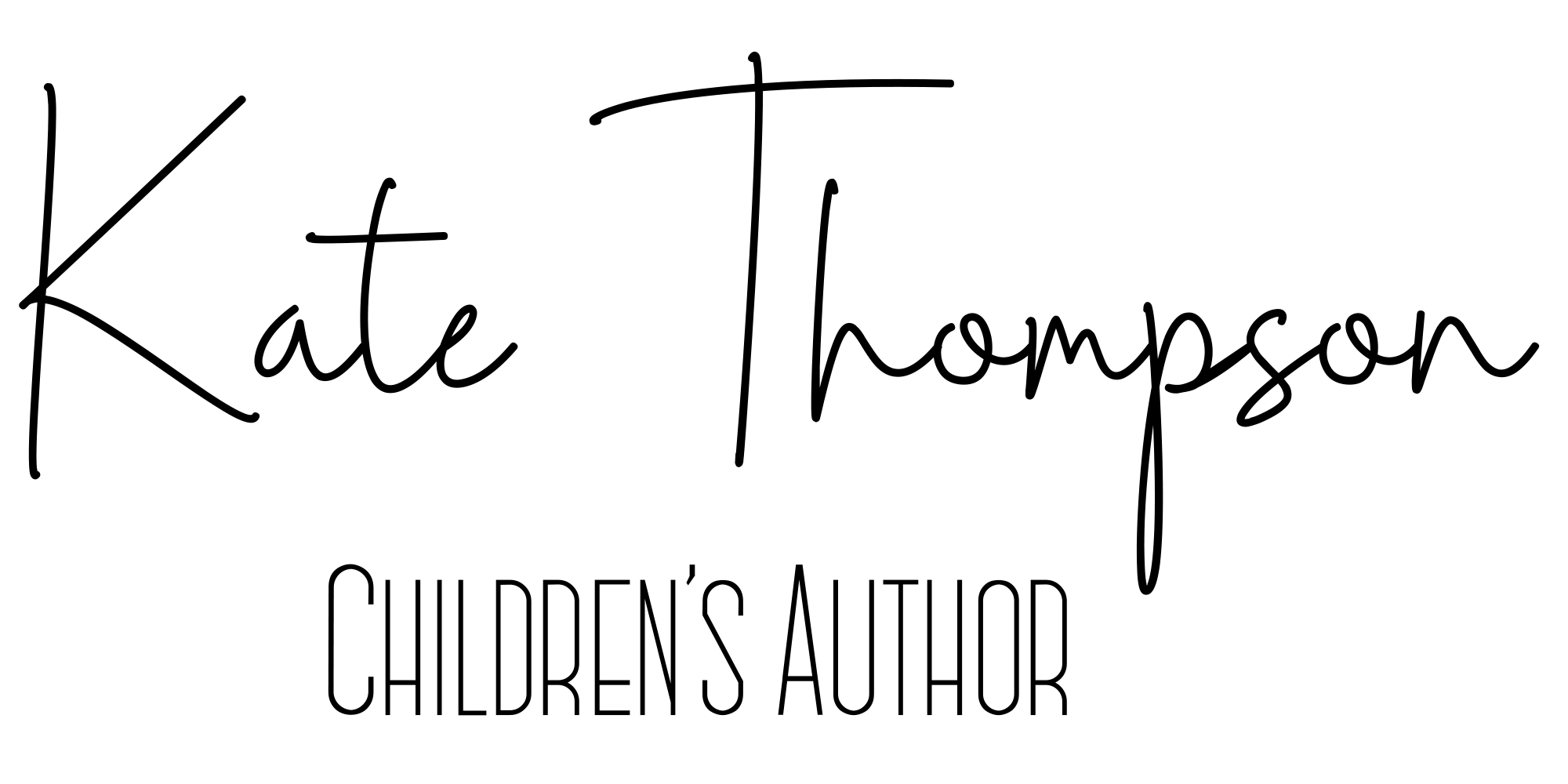Yesterday I was finalising our weekly shopping list when my six-year-old put in a request for “That fruit that you can put on your fingers”. It took me a few moments, but I realised he was talking about raspberries!
This got me thinking… I’m pretty sure that if you asked adults to describe raspberries, their suitability for use as finger puppets wouldn’t feature at all. Children really do have a unique view of the world, so if you want to write realistic childlike characters, or simply write stories that children will relate to, it’s essential that you find your own child’s-eye view of the world. You wouldn’t write a book based in another country without thoroughly researching that country. It’s no different for children’s books. They need to be set in the world as children experience it, so you need to do your research first.
Read existing children's books
First of all, as ever, it’s essential to take the time to read, read and read some more. Notice how existing children’s books successfully create realistic child-like characters and build stories around what’s important to children. Write down what works and what doesn’t work.
Spend time with children
If you live or work with children of the age you’re writing for, take the time to play and talk with them. Get down to their level and notice how tall everything looks to them, how much is out of reach, and how inviting that under-table den seems! Don’t rush children when they explore the world around them. Instead watch how they take the time to focus on and enjoy tiny details that we, as adults, don’t even notice any more. Blow bubbles, cloud watch and make squelchy mud pies with them. If there’s anything in particular that your character will do in your story, try it out. Your work will definitely be better for it!
Keep a notebook close by
Most of my picture book ideas have come from playing and talking with my own children. Keep a notebook nearby at all times so you can jot down their funny little sayings, mispronunciations or habits. They may not lead to any stories right now, but who knows when they’ll come in handy in the future. There’s a reason my first picture book is dedicated to my children – it genuinely wouldn’t exist without their input!
Get in touch with your own inner child!
You don’t have to live or work with children to find your child’s-eye view. If you’re writing for picture book-aged children, I’d still highly recommend getting down to their level and looking at how your house and garden looks when you’re so small. Beware though - you may get a few strange looks from anyone else you live with! Watch children’s TV aimed at the relevant age group. Try finger-painting, open some play-doh (that smell instantly takes me back to being 5yrs old!), build sandcastles with your hands, you could even try eating a meal with your fingers. Notice how things feel, smell and sound, and how they make you feel.
Why not give these ideas a go? Your writing will be stronger AND you may well find yourself having fun!

